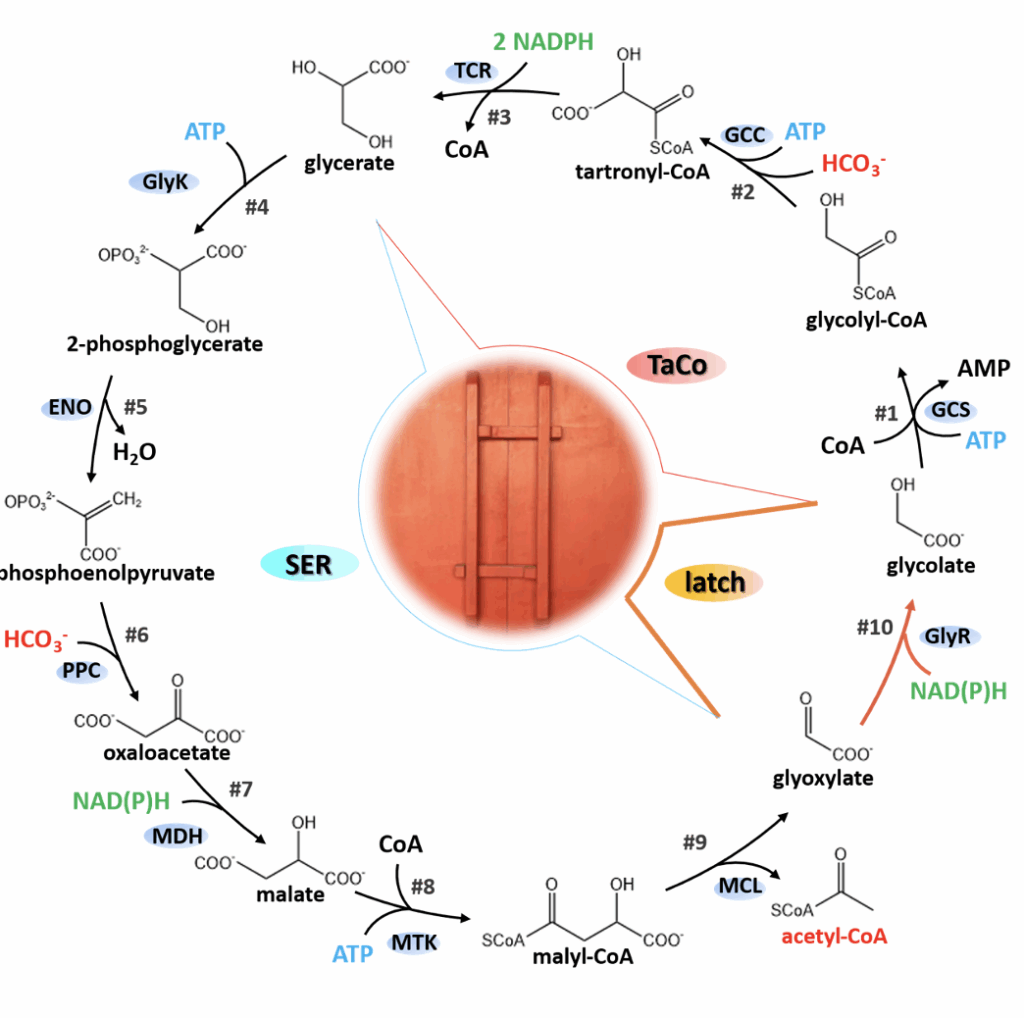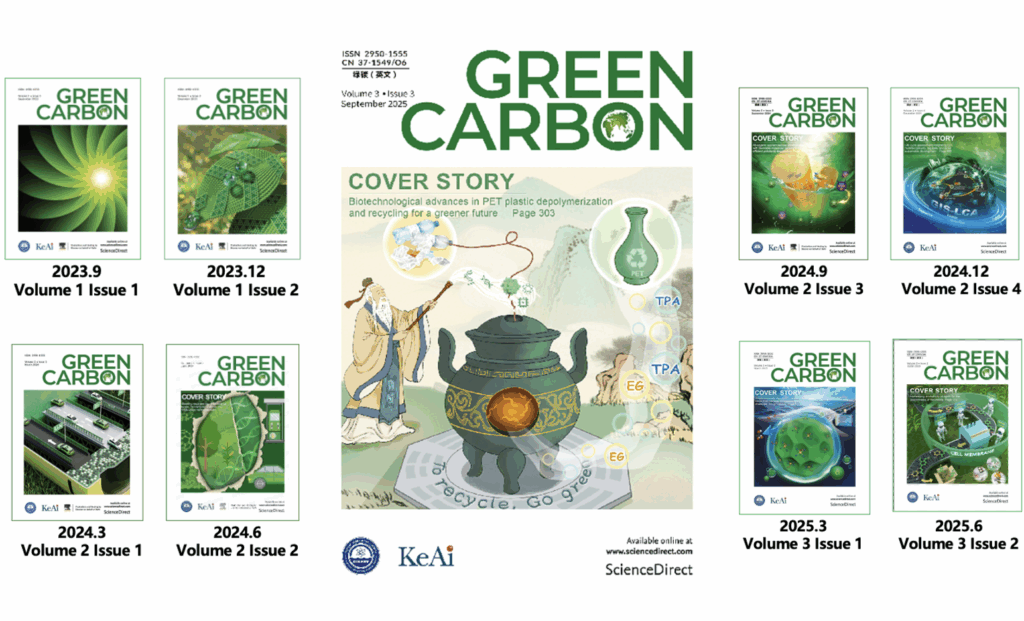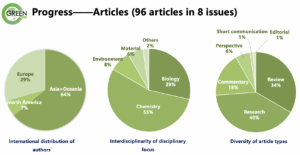http://www.vlandbiochem.com/article-5545-10977.html
On March 14, 2024, Evonik Vland Biotech (Shandong) Co., Ltd. was put into operation in Qingdao, China. The joint venture of Evonik China Co., Ltd. and Shandong Vland Biotech Co., Ltd. aims to develop and expand gut health solutions products including probiotics for farm animals in China. Evonik holds the majority with a share of 55 %.
Head of Evonik’s life science division Nutrition & Care, the Animal Nutrition business line is Johann-Caspar Gammelin.
The joint venture is headquartered in Vland Biotech Innovation Park in Qingdao, China, and Vland’s production facilities in Binzhou, Shandong Province, China., will be utilized.
“Benefiting from the strong innovation capabilities, applied technology expertise and excellent reputation of the two parent companies, we will deliver innovative products and solutions to the market, and create more value for our customers,” says Dr. Wang Xu, general manager of Evonik Vland Biotech (Shandong) Co., Ltd.




